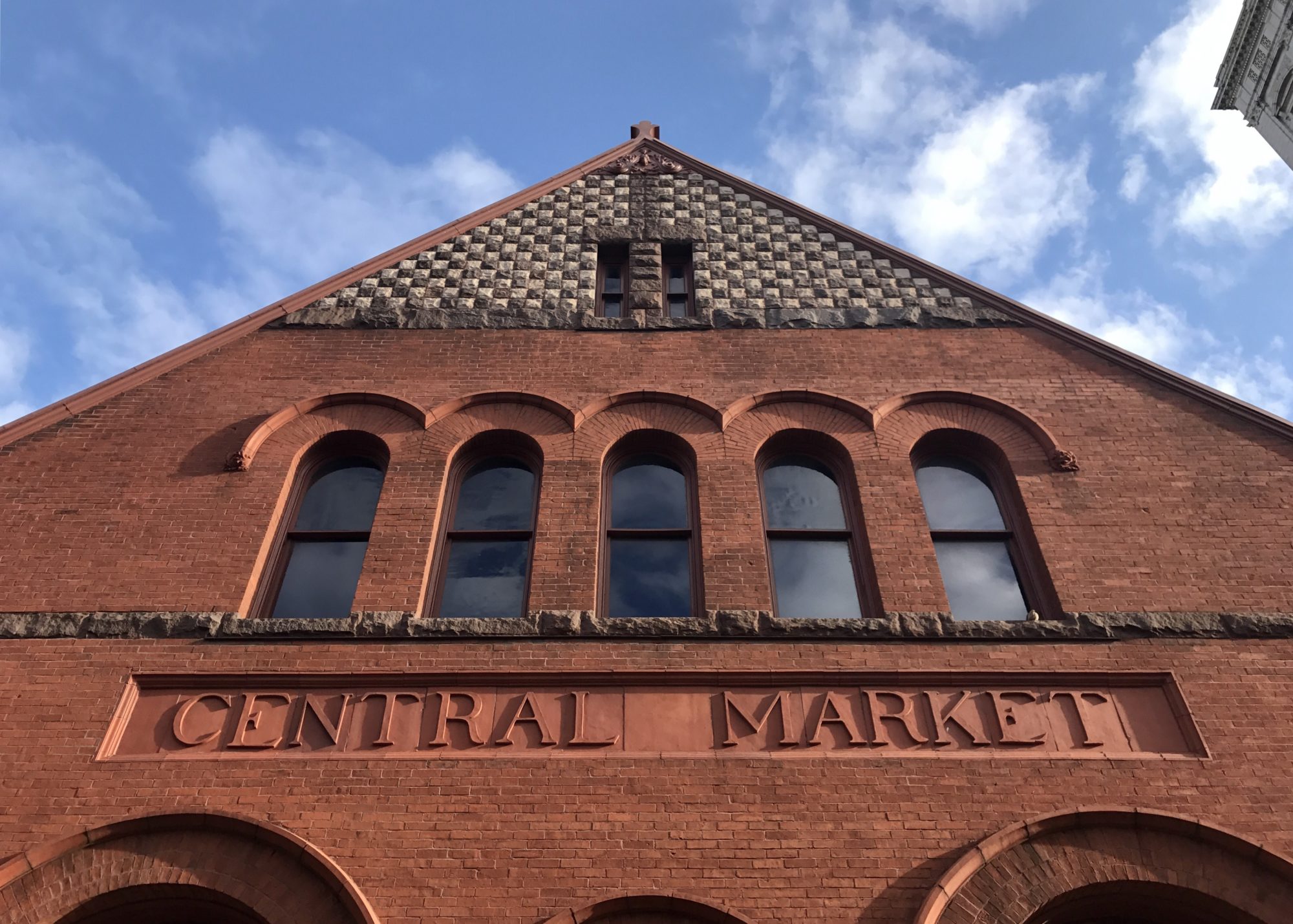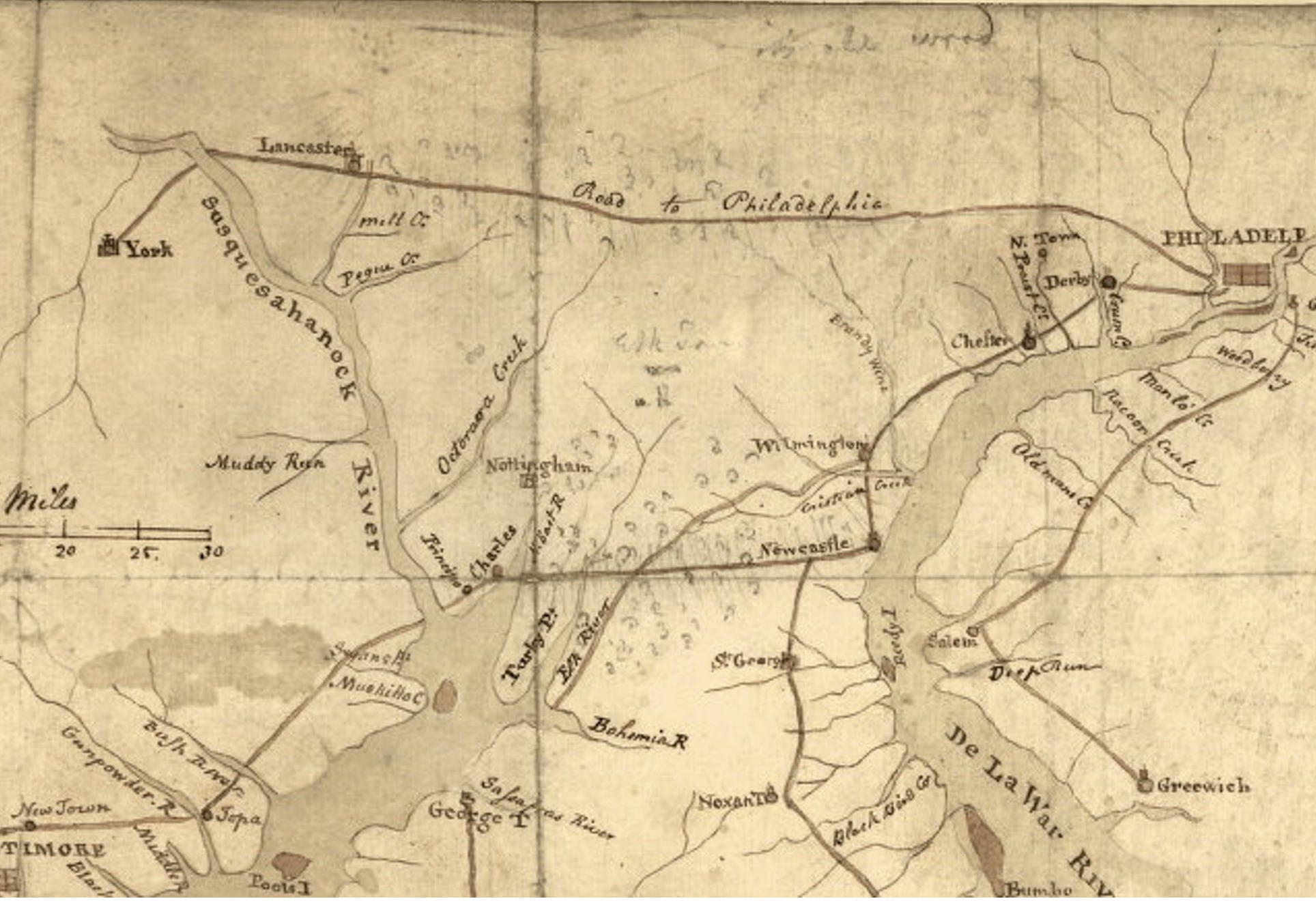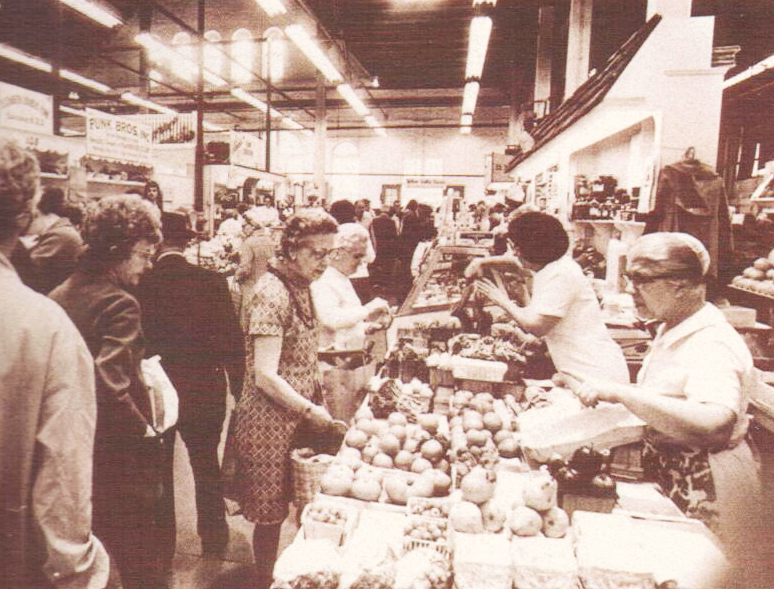About
Lancaster Central Market
The oldest continuously operated public market in America.
Established in 1730, and still fresh, Lancaster Central Market is a blend of old world and new – offering the best of Lancaster County under one historic roof.
Open Tuesdays, Fridays & Saturdays • 6am-3pm

About

The best of Lancaster under one roof.
More than 65 local vendors call Lancaster Central Market’s beautiful 1889 Market House home.
Lancaster Central Market is a beacon for farm fresh produce, meats, dairy, and delicious culinary fare. Not only does Market offer the best of Lancaster, but it is also a unique gathering place filled with people welcoming you. Come enjoy a bite to eat, a stroll through the stands, a look out onto the market from the mezzanine, and a stroll around the beautiful building located in the heart of downtown Lancaster.
See you at Market!
Our StandHolders
Come Shop the Best of Lancaster.
Our standholders offer the absolute best of Lancaster – fresh produce, meats & dairy right alongside freshly made food, local Lancaster County recipes, hot cups of coffee, cold smoothies, delicious treats and so much more. Come on in to visit our welcoming standholders and create memories that last!
3
Days of the week
Come to Market every Tuesday, Friday, and Saturday from 6am-3pm
65
Local Standholders
Fruits & vegetables, meats, fish & cheeses, fresh baked bread, delectable handmade dishes, smoothies, beautiful flowers, hot coffee, delicious sweet treats and so much more!
293
Years of History
Lancaster Central Market is the oldest continuously operated Farmer’s Market in America!
FAQs
Frequently Asked Questions
WHO OWNS LANCASTER CENTRAL MARKET?
From its open field inception in 1730, the public has had the unique privilege of owning Market. The beautiful 1889 Market House that stands today is owned by the City of Lancaster, who collaborates with the Central Market Trust for its maintenance.
WHO MANAGES LANCASTER CENTRAL MARKET?
A nonprofit organization called the Central Market Trust manages the day-to-day operations and long-range management of Market. The Trust is comprised of 13 community volunteers, two Standholder representatives, and the Executive Director (non-voting member).
WHICH STANDS HAVE BEEN AT LANCASTER CENTRAL MARKET THE LONGEST?
One of the most special things about Market is that many of the stands are multi-generational, having been family-run for decades. Of note, our top three longest-running stands include Long’s Horseradish for more than 60 years (longest operating stand), Groff’s (longest family-owned business operating in Market), and S. Clyde Weaver.
ARE DOGS ALLOWED IN LANCASTER CENTRAL MARKET?
No. For safety purposes, dogs are prohibited inside the Market House, with the exception of certified service dogs. Emotional Support Animals are not included under ADA guidelines.
IS LANCASTER CENTRAL MARKET WHEELCHAIR-ACCESSIBLE?
Yes. Market is wheelchair-accessible at doors #1 and #2 on the southeast corner of the Market House, closest to Penn Square. While most of our 13 doors require a few steps, the entryways through both of those doors are at street level. Learn more about our Accessibility.
DO ALL STANDHOLDERS ACCEPT CREDIT CARDS?
Many of the Standholders do accept credit cards, but not all. However, if you’re without cash and find yourself intrigued by something at a cash-only stand, an ATM machine is located in the southeast corner of the Market House, closest to Penn Square, for your convenience as well as Downtown Dollars are sold at the Info Stand and accepted in the Market.
DO STANDHOLDERS ACCEPT EBT/SNAP AND FARMER’S MARKET NUTRITION PROGRAM?
The Central Market now accepts SNAP market-wide! For a full list of participating standholders and to learn how our SNAP program works at the market, visit the Information Stand!
Don’t see your question answered?
Central Market Trust
Ensuring the Market’s Future
Until the early 2000’s, the City of Lancaster owned and operated the Central Market. In 2004, a study was commissioned by the City of Lancaster, the County of Lancaster, and the Lancaster Chamber of Commerce & Industry to evaluate the operations and potential of the Market. The Central Market Trust was formed to ensure that the Central Market has the vision, overall decision-making structure, day-to-day management focus, and resources it needs to be an economically successful and financially stable market over the long term.

History
The History of Market
A walk through the history of Lancaster Central Market begins with the birth of a town amidst a bucolic landscape and continues on with a centuries-long tradition of food and fellowship in the heart of a thriving community.


A MODEST, PURPOSEFUL BEGINNING
Lancaster Central Market was born in 1730 on a 120-square-foot plot of land conveyed by Andrew and Ann Hamilton from their private estate. Here, farmers would cart their bounty from the surrounding fruitful land to the heart of the nearly settled municipality to sell their wares in the now-public, open field.
This early market was an important, encouraging factor in King George II designating Lancaster as a market town. And upon its official charter as a borough in 1742, the royal decree proclaimed Lancaster was to hold “two markets in each week … of the year forever in the lot of ground already agreed upon for that purpose and granted for that use.”
The first westward route from Philadelphia to the continental interior.

EARLY MARKET GROWTH
In the years following its official charter, Lancaster set forth in embracing its coveted designation as a market town. A market clerk was appointed. Six stalls were built toward the end of 1742 to heed newly written market regulations.
And by 1757, the Lancaster Burgess erected the first official market building, though most likely just a simple, open-air structure with stalls and a roof. This arrangement continued to evolve through the years along with Lancaster, until finally being replaced in 1889 by the beautiful Market House that stands in Penn Square today.
Market sheds, circa 1866. Photo courtesy of LancasterHistory.org.
CURBSIDE CITY
Since the early days of coming to market in 1730, sellers’ carts, rough stands, and baskets spilled beyond that first open field, and subsequent buildings, to the surrounding area as municipal infrastructure grew.
Sidewalks up and down King Street, and out Queen, Duke, and Vine, as well, were bustling with sellers packed along them. This market atmosphere continued well into the 19th and early 20th Centuries, serving as testimony of how essential to daily life the buying and selling of fresh, local goods had become in Lancaster.
MARKETS AND THE CITY
By the mid-1800s, private sector financiers began encroaching on the public market space in the center of the City. Four private market buildings were constructed: Northern Market, Western Market, Eastern Market, and Southern Market. However, with their creation, concerns arose that these privately held markets harbored unsafe and unethical practices, and a breaking point was reached in 1873 when private investors approached the City about leasing public market space. This request set the wheels in motion for a public works project to build a proper municipal Market House.

Curb market, S. Duke Street, circa 1925. Photo courtesy of LancasterHistory.org.

AN IMPRESSIVE ROMANESQUE REVIVAL
Not to be outdone by the rival, yet well-appointed, private markets that infiltrated Lancaster, the City entered into a contract with English architect James Warner early in 1889. With an eye for simple grandeur, his official plan featured a red brick façade, two terracotta-topped towers, and an expansive slate roof.
The project began with a groundbreaking in June, and was completed just five months later in late Autumn. And since its dedication and reveal in November 1889, Lancaster Central Market has continued to welcome visitors each week to share in community fellowship, local commerce, and most importantly, a love for fresh, sustainable food excellence.
Market House, circa 1940. Photo courtesy of LancasterHistory.org.



Still Fresh
What makes Lancaster Central Market so special is its combination of history and modern vibrancy. Through the work of the Central Market Trust, Lancaster Central Market continues to flourish and grow – offering new and exciting stands right alongside our beloved standbys of local Lancaster County recipes and delights. Come visit to experience the rich history but even more, to enjoy the life-giving community, food, and memories that Market offers with each visit!
